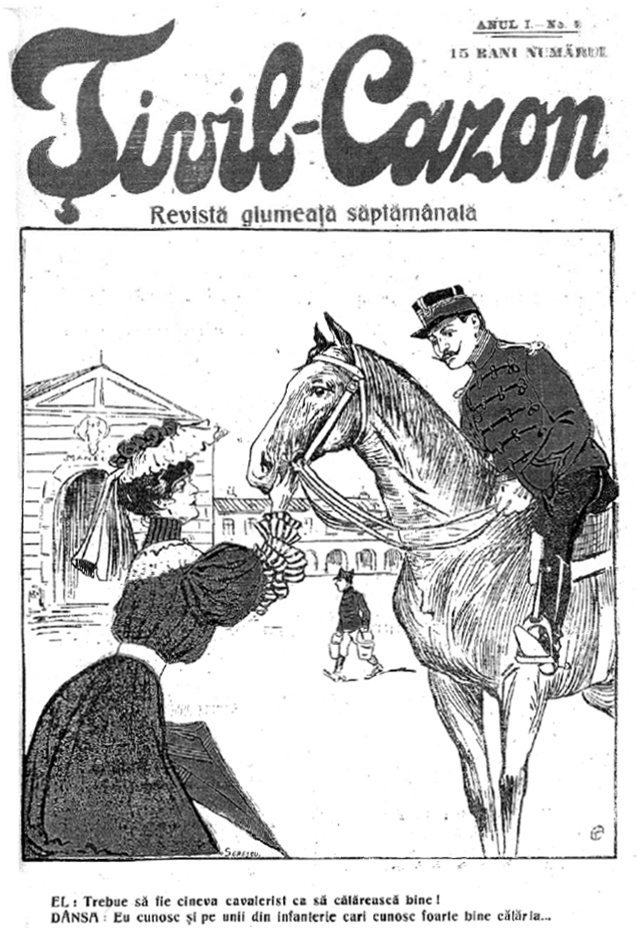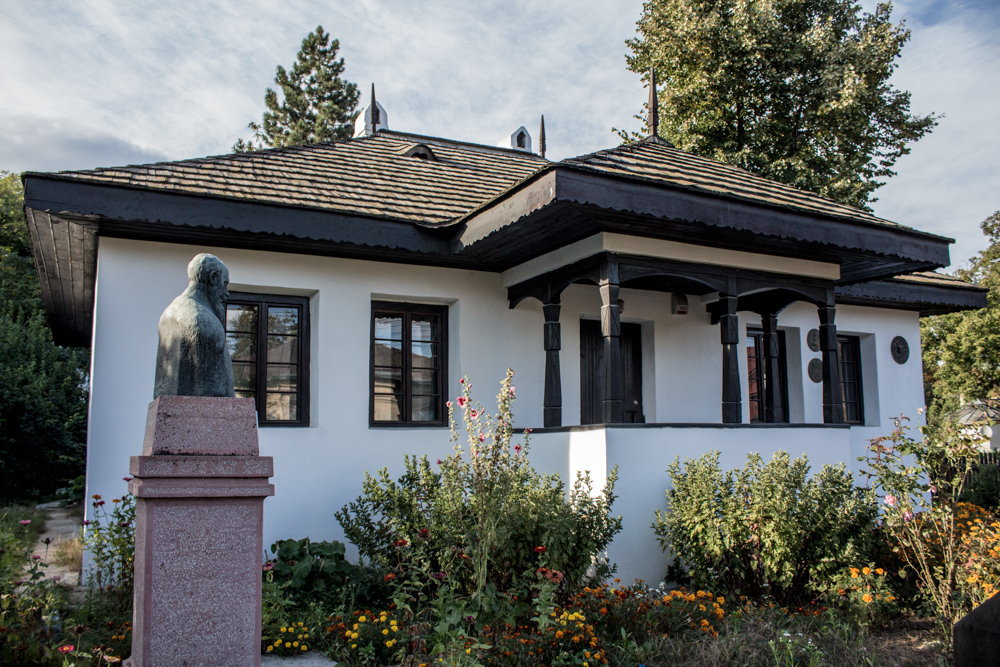|
1907 In Literature
This article contains information about the literary events and publications of 1907. Events *January 3 – The National Theatre opens in Sofia, Bulgaria. *January 26 – Many of the audience boo the opening performance of J. M. Synge's ''The Playboy of the Western World'' at the Abbey Theatre, Dublin. Disturbances continue for a week. *February 4 – The poet W. B. Yeats, at a public debate at the Abbey Theatre, denies trying to suppress audience distaste during a performance of ''The Playboy of the Western World''. *February 22 – Leonid Andreyev's symbolist drama ''The Life of Man'' («Жизнь человека», ''Zhizn cheloveka'') is premièred at the Komissarzhevskaya Theatre in Saint Petersburg, directed by Vsevolod Meyerkhold. On December 12 it is performed for the first time at the Moscow Art Theatre, directed by Konstantin Stanislavski and Leopold Sulerzhitsky. *March – The '' Diamond Sūtra'', a woodblock printed Buddhist scripture dated AD 868, is discovered ... [...More Info...] [...Related Items...] OR: [Wikipedia] [Google] [Baidu] |
January 3
Events Pre-1600 *AD 69, 69 – The Roman legions on the Rhine refuse to declare their allegiance to Galba, instead proclaiming their legate, Aulus Vitellius, as emperor. * 250 – Emperor Decius orders everyone in the Roman Empire (except Jews) Decian persecution, to make sacrifices to the Roman gods. *1521 – Pope Leo X excommunicates Martin Luther in the papal bull ''Decet Romanum Pontificem''. 1601–1900 *1653 – By the Coonan Cross Oath, the Eastern Christianity, Eastern Church in India cuts itself off from colonial Portuguese tutelage. *1749 – Benning Wentworth issues the first of the New Hampshire Grants, leading to the establishment of Vermont. * 1749 – The first issue of ''Berlingske'', Denmark's oldest continually operating newspaper, is published. *1777 – General (United States), American General George Washington defeats British General Charles Cornwallis, 1st Marquess Cornwallis, Lord Cornwallis at the Battle of Princeton. *1 ... [...More Info...] [...Related Items...] OR: [Wikipedia] [Google] [Baidu] |
Konstantin Stanislavski
Konstantin Sergeyevich Stanislavski ( Alekseyev; russian: Константин Сергеевич Станиславский, p=kənstɐnʲˈtʲin sʲɪrˈgʲejɪvʲɪtɕ stənʲɪˈslafskʲɪj; 7 August 1938) was a seminal Russian Soviet Federative Socialist Republic, Soviet Russian theatre practitioner. He was widely recognized as an outstanding character actor and the many List of productions directed by Konstantin Stanislavski, productions that he directed garnered him a reputation as one of the leading theatre directors of his generation. His principal fame and influence, however, rests on Stanislavski's system, his "system" of actor training, preparation, and rehearsal technique. Stanislavski (his stage name) performed and directed as an Amateur theatre, amateur until the age of 33, when he co-founded the world-famous Moscow Art Theatre (MAT) company with Vladimir Nemirovich-Danchenko, following a legendary 18-hour discussion. Its influential tours of Europe (1906) and ... [...More Info...] [...Related Items...] OR: [Wikipedia] [Google] [Baidu] |
Barbu Lăzăreanu
Barbu Lăzăreanu (born Avram Lazarovici,Valentin Chifor, "Lăzăreanu Barbu", in Aurel Sasu (ed.), ''Dicționarul biografic al literaturii române'', Vol. I, pp. 839–840. Pitești: Editura Paralela 45, 2004. or Bercu Leizerovici,Constantin Iordăchescu, "Intre Pușchin și profetul Isaia", in '' Cuget Clar'', Vol. I, 1936–1937, p. 720 also known as Barbou Lazareano Pompiliu Păltânea, "Lettres roumaines", in ''Mercure de France'', Issue 627, August 1924, p. 818 or Barbu Lăzărescu;Straje, pp. 390, 391 October 5, 1881 – January 19, 1957) was a Romanian literary historian, bibliographer, and left-wing activist. Of Romanian Jewish background, he became noted for both his social criticism and his lyrical pieces while still in high school, subsequently developing as a satirist and printing his own humorous magazine, ''Țivil-Cazon''. Lăzăreanu's youthful sympathies veered toward the anarchist underground, prompting him to associate with Panait Mușoiu. At that stage of his ... [...More Info...] [...Related Items...] OR: [Wikipedia] [Google] [Baidu] |
Nicolae Iorga
Nicolae Iorga (; sometimes Neculai Iorga, Nicolas Jorga, Nicolai Jorga or Nicola Jorga, born Nicu N. Iorga;Iova, p. xxvii. 17 January 1871 – 27 November 1940) was a Romanian historian, politician, literary critic, memoirist, Albanologist, poet and playwright. Co-founder (in 1910) of the Democratic Nationalist Party (PND), he served as a member of Parliament, President of the Deputies' Assembly and Senate, cabinet minister and briefly (1931–32) as Prime Minister. A child prodigy, polymath and polyglot, Iorga produced an unusually large body of scholarly works, establishing his international reputation as a medievalist, Byzantinist, Latinist, Slavist, art historian and philosopher of history. Holding teaching positions at the University of Bucharest, the University of Paris and several other academic institutions, Iorga was founder of the International Congress of Byzantine Studies and the Institute of South-East European Studies (ISSEE). His activity also included the transf ... [...More Info...] [...Related Items...] OR: [Wikipedia] [Google] [Baidu] |
Constantin Banu
Constantin Gheorghe Banu (March 20, 1873 – September 8, 1940) was a Romanian writer, journalist and politician, who served as Arts and Religious Affairs Minister in 1922–1923. He is remembered in literary history as the founder of ''Flacăra'' review, which he published in two editions, alongside Petre Locusteanu, Ion Pillat, Adrian Maniu, and, later, Vintilă Russu-Șirianu. A best-selling magazine for its time, it functioned as a launching pad for several writers of the Romanian Symbolist movement. Banu was an affiliate and orator of the National Liberal Party, which he served continuously for 30 years, as a political journalist, public polemicist, and member of Parliament. His contribution as an essayist, lampoonist, and aphorist reflected his progressive approach to labor and productive life, his critique of conservatism, as well as his concept of civilized political mores. Banu's career in politics reached the international level during World War I, when he took refu ... [...More Info...] [...Related Items...] OR: [Wikipedia] [Google] [Baidu] |
British Library
The British Library is the national library of the United Kingdom and is one of the largest libraries in the world. It is estimated to contain between 170 and 200 million items from many countries. As a legal deposit library, the British Library receives copies of all books produced in the United Kingdom and Ireland, including a significant proportion of overseas titles distributed in the UK. The Library is a non-departmental public body sponsored by the Department for Digital, Culture, Media and Sport. The British Library is a major research library, with items in many languages and in many formats, both print and digital: books, manuscripts, journals, newspapers, magazines, sound and music recordings, videos, play-scripts, patents, databases, maps, stamps, prints, drawings. The Library's collections include around 14 million books, along with substantial holdings of manuscripts and items dating as far back as 2000 BC. The library maintains a programme for content acquis ... [...More Info...] [...Related Items...] OR: [Wikipedia] [Google] [Baidu] |
China
China, officially the People's Republic of China (PRC), is a country in East Asia. It is the world's most populous country, with a population exceeding 1.4 billion, slightly ahead of India. China spans the equivalent of five time zones and borders fourteen countries by land, the most of any country in the world, tied with Russia. Covering an area of approximately , it is the world's third largest country by total land area. The country consists of 22 provinces, five autonomous regions, four municipalities, and two Special Administrative Regions (Hong Kong and Macau). The national capital is Beijing, and the most populous city and financial center is Shanghai. Modern Chinese trace their origins to a cradle of civilization in the fertile basin of the Yellow River in the North China Plain. The semi-legendary Xia dynasty in the 21st century BCE and the well-attested Shang and Zhou dynasties developed a bureaucratic political system to serve hereditary monarchies, or dyna ... [...More Info...] [...Related Items...] OR: [Wikipedia] [Google] [Baidu] |
Dunhuang
Dunhuang () is a county-level city in Northwestern Gansu Province, Western China. According to the 2010 Chinese census, the city has a population of 186,027, though 2019 estimates put the city's population at about 191,800. Dunhuang was a major stop on the ancient Silk Road and is best known for the nearby Mogao Caves. Dunhuang is situated in an oasis containing Crescent Lake and Mingsha Shan (, meaning "Singing-Sand Mountain"), named after the sound of the wind whipping off the dunes, the singing sand phenomenon. Dunhuang commands a strategic position at the crossroads of the ancient Southern Silk Route and the main road leading from India via Lhasa to Mongolia and Southern Siberia, and also controls the entrance to the narrow Hexi Corridor, which leads straight to the heart of the north Chinese plains and the ancient capitals of Chang'an (today known as Xi'an) and Luoyang. Administratively, the county-level city of Dunhuang is part of the prefecture-level city of Jiuquan. H ... [...More Info...] [...Related Items...] OR: [Wikipedia] [Google] [Baidu] |
Mogao Caves
The Mogao Caves, also known as the Thousand Buddha Grottoes or Caves of the Thousand Buddhas, form a system of 500 temples southeast of the center of Dunhuang, an oasis located at a religious and cultural crossroads on the Silk Road, in Gansu province, China. The caves may also be known as the Dunhuang Caves; however, this term is also used as a collective term to include other Buddhist cave sites in and around the Dunhuang area, such as the Western Thousand Buddha Caves, Eastern Thousand Buddha Caves, Yulin Caves, and Five Temple Caves. The caves contain some of the finest examples of Buddhist art spanning a period of 1,000 years. The first caves were dug out in AD 366 as places of Buddhist meditation and worship, later the caves became a place of pilgrimage and worship, and caves continued to be built at the site until the 14th century. The Mogao Caves are the best known of the Chinese Buddhist grottoes and, along with Longmen Grottoes and Yungang Grottoes, are one of the thre ... [...More Info...] [...Related Items...] OR: [Wikipedia] [Google] [Baidu] |





